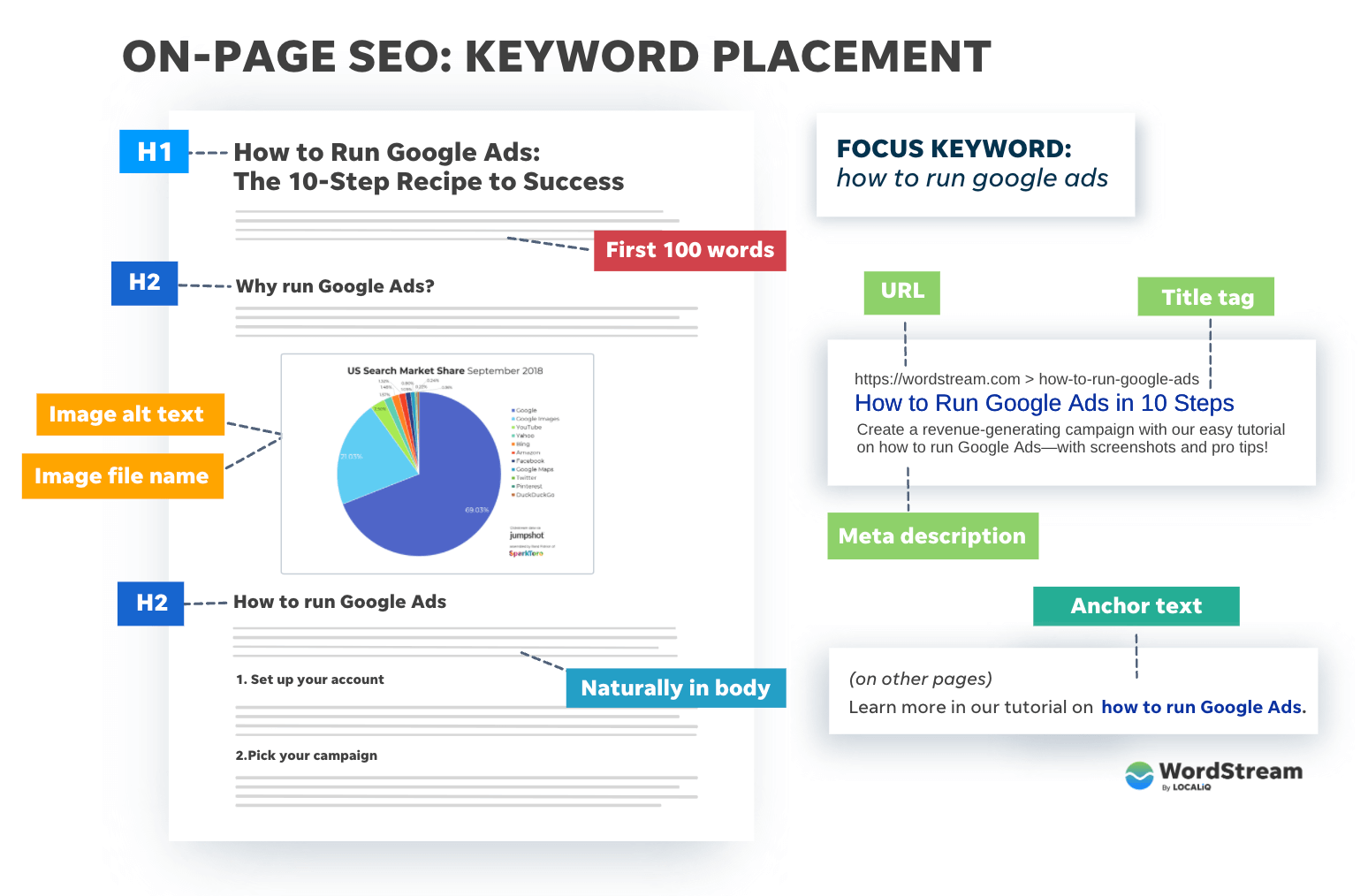Unveiling the Impact of Additional Measurement in Google Analytics on Information Evaluation and Insights
In the realm of data analytics, the application of additional dimensions within Google Analytics has arised as an essential tool for drawing out much deeper insights and unraveling complicated patterns that may otherwise remain covered. By peeling back the layers of primary information sets, second dimensions provide a nuanced viewpoint that improves the understanding of user habits, web site efficiency, and the performance of advertising methods.
Exploring the Idea of Secondary Dimensions
Additional measurements in Google Analytics provide added understandings by permitting users to evaluate primary data together with a second attribute. This function allows a much more detailed understanding of the primary data by adding an additional layer of details for evaluation. By integrating secondary dimensions, customers can dig much deeper into the information and reveal beneficial correlations that may or else go unnoticed. As an example, by coupling the key data of web site web traffic with additional measurements like demographics or habits, marketing experts can obtain an extra extensive sight of their target market and customize their strategies accordingly.
Understanding the principle of secondary measurements is critical for optimizing the capacity of Google Analytics. It enables users to segment data successfully, recognize patterns, and make informed decisions based upon a more full picture of their analytics data. By checking out the various secondary measurements available in Google Analytics, customers can open brand-new understandings and enhance their digital advertising efforts. Essentially, secondary dimensions function as an effective device for boosting information evaluation and driving actionable outcomes.
Enhancing Data Analysis With Secondary Dimensions
Having developed the foundational understanding of second measurements in Google Analytics and their essential function in data evaluation, the focus currently changes in the direction of leveraging these additional credit to enhance the interpretation of analytics information (what is a secondary dimension in google analytics). By incorporating secondary dimensions into information analysis, analysts can acquire deeper understandings right into customer actions, web site performance, and advertising performance

Furthermore, second measurements assist in contextualizing key data metrics by giving extra layers of information. This contextualization help in recognizing the 'why' behind the data trends, aiding experts make notified decisions and optimizations to improve total efficiency. Ultimately, incorporating second measurements improves the information interpretation procedure, resulting in even more significant insights and critical actions.
Uncovering Hidden Insights Via Secondary Dimensions
Discovering the depths of analytics information with secondary dimensions discloses valuable insights that would certainly or else remain covered. By incorporating secondary dimensions in Google Analytics, businesses can uncover concealed patterns, trends, and connections that offer a more extensive understanding of customer behavior and web site efficiency. These additional layers of data permit analysts to dig much deeper into the main measurements, such as web traffic sources or touchdown pages, and obtain a much more nuanced viewpoint on just how various variables engage with each various other.
With the use of additional measurements, analysts can segment and compare information throughout different dimensions, enabling Homepage them to determine certain elements that influence customer interaction, conversion prices, and overall success metrics. By coupling the main dimension of 'tool classification' with the secondary measurement of 'age group,' marketers can identify which age demographics choose accessing the website via mobile tools versus desktop computers.
Leveraging Second Measurements for Actionable Analytics
Structure upon the understandings introduced via secondary dimensions in Google Analytics, organizations can now harness this enriched data landscape to drive workable analytics and calculated decision-making. By leveraging secondary dimensions, organizations can dig much deeper right into their data to draw out important patterns, patterns, and relationships that might have formerly gone unnoticed. This much deeper level of evaluation enables organizations to get a much more comprehensive understanding of individual behavior, project efficiency, and overall internet site effectiveness.
One secret advantage of utilizing secondary measurements for actionable analytics is the capability to sector information based on certain standards. This segmentation enables organizations to tailor their methods and projects to various target market teams, leading to much more targeted and efficient marketing initiatives - what is a secondary dimension in google analytics. Additionally, additional measurements give a more holistic view of user interactions, enabling companies to enhance their internet site content, design, and general individual experience
Optimizing Decision-Making With Second Measurements
To enhance calculated decision-making in analytics, leveraging second measurements in Google Analytics can give a more nuanced perspective on individual actions and project performance. By integrating second dimensions right into data analysis, organizations can Clicking Here dive much deeper right into the specifics of their site site visitors' communications and engagement patterns. This extra layer of details permits an extra detailed understanding of exactly how various variables, such as demographics, tools, or web traffic resources, effect crucial performance indications.
Verdict
Finally, the use of second dimensions in Google Analytics plays a crucial duty in improving data analysis and revealing concealed understandings. By discovering this concept, one can obtain a much deeper understanding of customer behavior and make notified choices based on actionable analytics. Leveraging second dimensions permits a more thorough interpretation of data and maximizes the efficiency of decision-making procedures.
